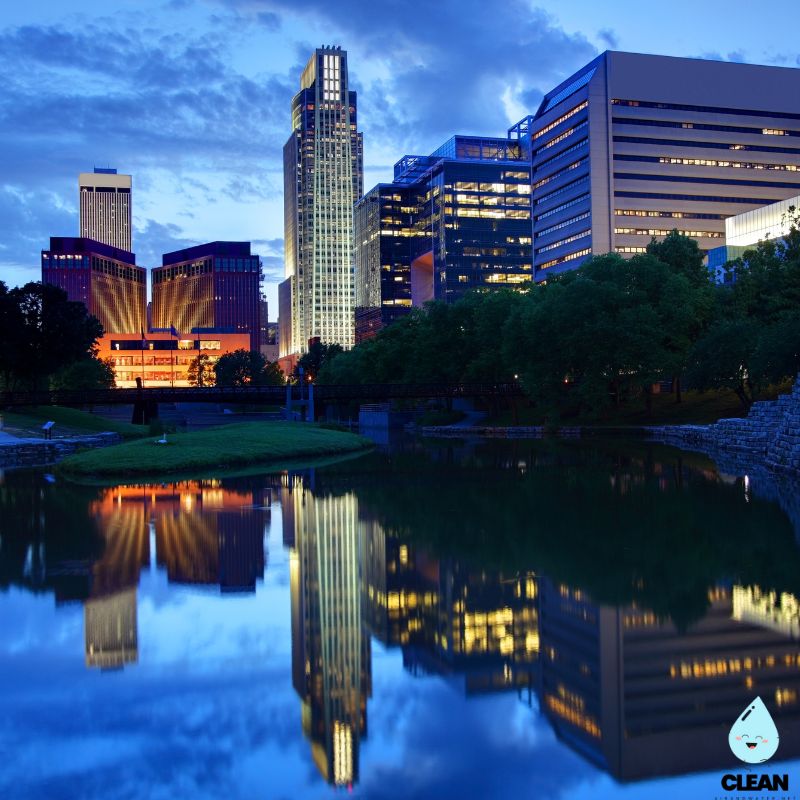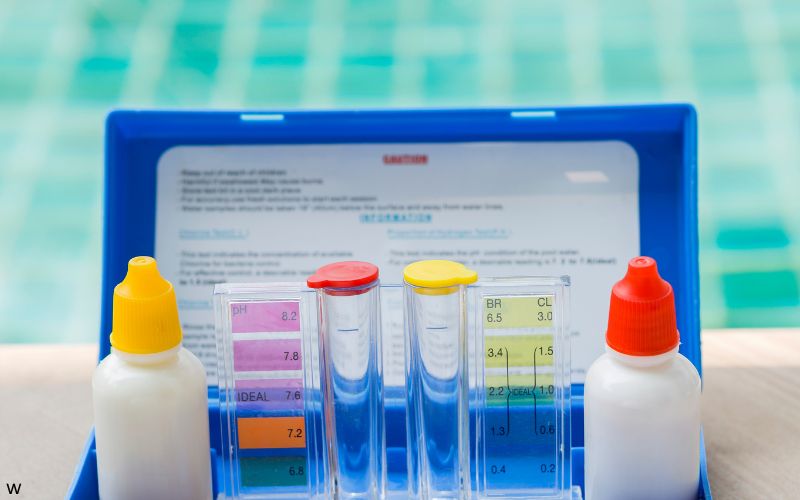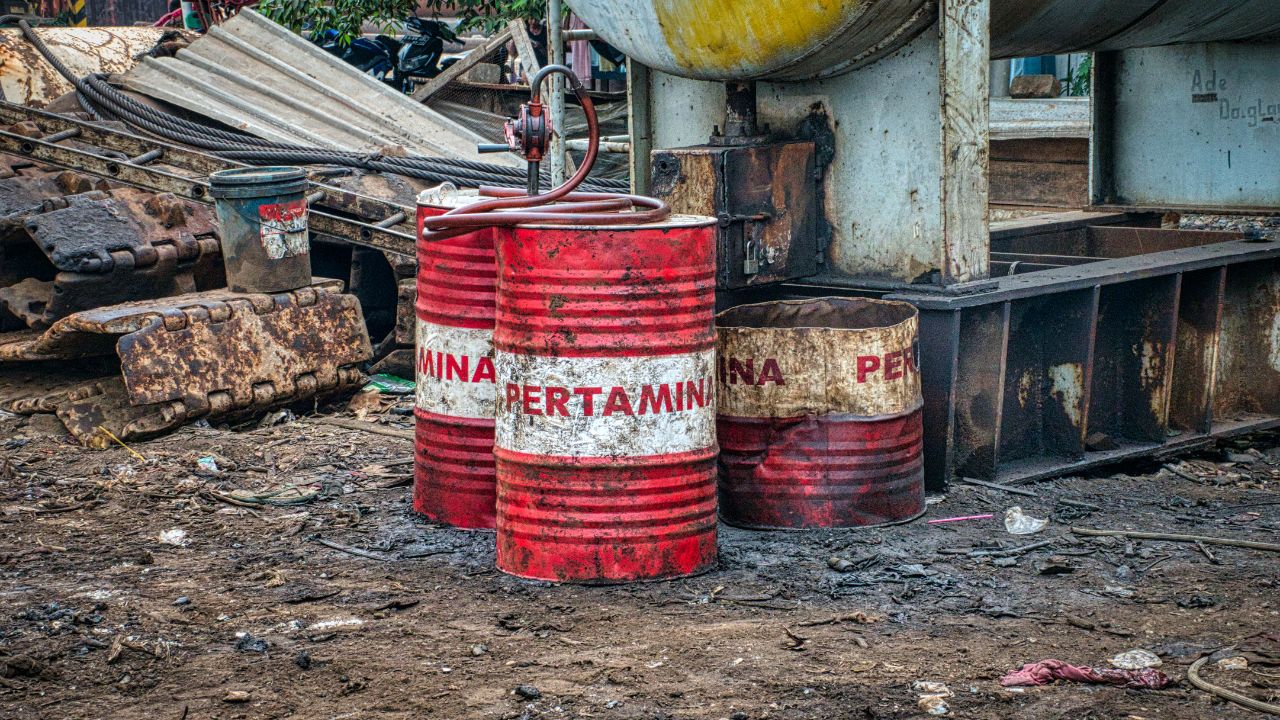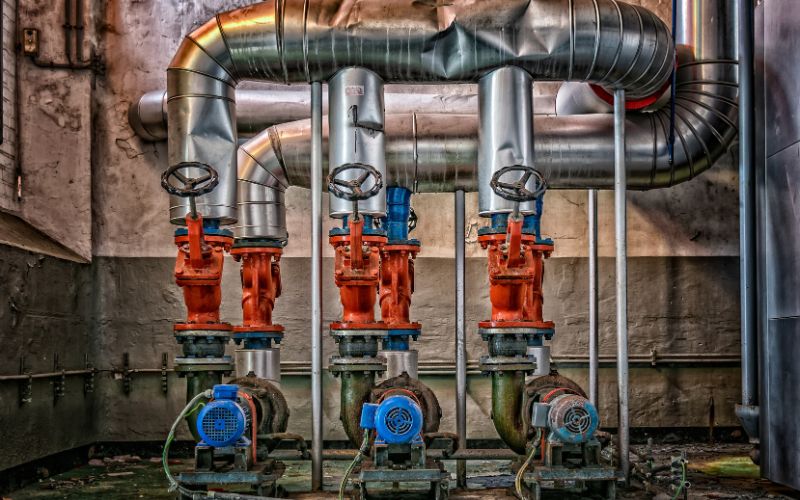Omaha Water Quality at a Glance
concerning contaminants
Is Omaha Water Safe to Drink?
Meets Standards, But Health Concerns Remain – Omaha water meets all federal standards through rigorous treatment by Metropolitan Utilities District, but contains concerning levels of arsenic (3.22 ppb – 805x above health guidelines), agricultural contaminants, and disinfection byproducts. Key concerns include lead service lines in 12,500+ homes built before 1940, naturally occurring arsenic from groundwater, nitrates from agricultural runoff, and haloacetic acids from water treatment processes.
⚠️ Key Concerns for Omaha Residents
- Arsenic Contamination: Naturally occurring arsenic at 3.22 ppb – 805 times higher than Environmental Working Group guidelines; linked to multiple cancers
- Lead Service Lines: Up to 12,500 customers receive water through lead pipes in homes built before 1940; neurotoxic effects especially harmful to children
- Agricultural Runoff: Nitrates from fertilizers and pesticides; Nebraska has higher pediatric cancer rates potentially linked to agricultural chemicals
- Treatment Byproducts: Haloacetic acids (HAA5) at 75x above health guidelines; chromium-6 detected; disinfection chemicals creating secondary contaminants
Read the full report below for detailed analysis, city-specific data, and actionable recommendations for Omaha residents.
Omaha – Nebraska – Water Quality Report 2025: PFAS Testing, Infrastructure Concerns & Safety across your city
The Metropolitan Utilities District (M.U.D.) operates Omaha’s water system, serving over 600,000 residents in the greater Omaha metropolitan area. Established in 1913, this public utility manages approximately 2,900 miles of water mains and three water treatment plants (Florence, Platte West, and Platte South) with a combined capacity of 300 million gallons per day. The system represents a blend of historical infrastructure and modern technology, featuring advanced treatment processes alongside continual pipeline renewal programs.
Omaha draws its drinking water primarily from the Missouri River (85% of supply), supplemented by the Platte River and Dakota Sandstone aquifer during peak demand periods. Additionally, groundwater from the Platte River alluvial aquifer serves as an important secondary source. Despite challenges with agricultural runoff, naturally occurring arsenic, and aging lead service lines in the watershed, M.U.D. implements robust multi-barrier treatment approaches and source water protection partnerships with upstream communities and agricultural stakeholders. The utility has earned recognition for operational excellence while maintaining affordable rates through efficient management and strategic infrastructure investment.

Omaha Water Quality: Current Status (2024-2025)
Latest Testing Results
- Lead Levels: Most recent testing period showed 90th percentile lead levels ranging from 0.5 to 14.9 parts per billion (ppb), below the EPA action level of 15 ppb. However, up to 12,500 customers still receive water through lead service lines, primarily in homes built before 1940.
- Testing Scope: M.U.D. conducts more than 1,000 water quality tests daily throughout the distribution system, including comprehensive monitoring for over 100 regulated and unregulated contaminants.
- Compliance Status: Omaha’s water consistently meets all federal and state drinking water standards, though several contaminants exceed health guidelines set by environmental organizations like the Environmental Working Group.
Missouri River Source Water
- Primary Source: The Missouri River provides approximately 85% of Omaha’s drinking water supply, with water drawn from intakes at the Florence Water Treatment Plant.
- Secondary Sources: The Platte River and Dakota Sandstone aquifer supply the remaining 15%, providing important redundancy during flood events or drought conditions.
- Source Water Protection: M.U.D. participates in the Missouri River Watershed Coalition, working with upstream communities and agricultural stakeholders to reduce contaminants entering the river through collaborative runoff management and pollution prevention programs.
Advanced Treatment Technology
- Multi-Barrier Approach: Florence, Platte West, and Platte South treatment plants utilize multiple treatment processes including pre-sedimentation, coagulation, flocculation, clarification, granular activated carbon filtration, and disinfection.
- Enhanced Disinfection: Chloramination provides disinfection throughout the distribution system, with UV disinfection technology used to address chlorine-resistant pathogens like Cryptosporidium.
- Corrosion Control: Optimized water chemistry treatment prevents lead and copper leaching from household plumbing, with real-time monitoring of water chemistry throughout the distribution system.
Infrastructure Modernization
- Pipeline Replacement: Annual replacement of approximately 15 miles of aging water mains, with prioritization based on leak history, pipe material, and strategic system improvements.
- Lead Service Line Program: Ongoing replacement of customer-owned and utility-owned lead service lines, with a goal to replace all lead service lines within 10 years. Approximately 12,500 customers still receive water through lead pipes.
- Resilience Improvements: Integration of advanced metering infrastructure, pressure zone optimization, and backup power systems to ensure reliable water delivery during extreme weather events and emergencies.
Customer Protection Initiatives
Omaha’s M.U.D. demonstrates exceptional commitment to customer welfare through comprehensive assistance programs, including water hardship funds for low-income residents and expanded payment arrangement options. Their proactive lead education campaign includes free testing kits for homes built before 1940 and accessible online resources explaining water quality fundamentals. The utility prioritizes environmental justice by targeting infrastructure improvements in historically underserved neighborhoods and offering specialized programs for disadvantaged communities. M.U.D.’s transparency initiatives include annual water quality reports and interactive lead service line maps. These community-focused approaches, combined with advanced treatment technology, ensure regulatory-compliant water service for Nebraska’s largest metropolitan area.
Recommendations for Omaha Residents

Request Free Testing
Contact M.U.D. Customer Service at (402) 554-6666 or visit mudomaha.com/lead to request a free lead test kit if your home was built before 1940 or you have a lead service line. Testing is especially important for homes with unknown service line materials.

Check Service Line Status
Use M.U.D.’s online interactive map at mudomaha.com/lead to see if your property has a lead service line. If confirmed, contact M.U.D. at lead@mudnebr.com or (402) 504-7029 to learn about the Lead Service Line Replacement Program.

Consider Certified Filters
For homes with confirmed lead service lines or concerns about arsenic and other contaminants, use NSF-certified filters (Standard 53 for lead, Standard 58 for arsenic) for drinking and cooking water. Consider reverse osmosis systems for comprehensive contaminant removal.

Flush Your Water
If water has been sitting unused for more than 30 minutes, run cold water for 30 seconds to 2 minutes before using for drinking or cooking. This is especially important for homes with lead service lines or older plumbing. Always use cold water for consumption, as hot water may contain higher levels of metals.

Report Issues Promptly
Call the 24-hour emergency line at (402) 554-7777 to report water main breaks, pressure problems, or unusual water quality concerns. For non-emergencies, contact Customer Service at (402) 554-6666 during business hours or visit mudomaha.com.
Quality News About Your Water
Get the comprehensive water quality news coverage you need with our dedicated US Water News Service. From coast to coast, we deliver in-depth reporting and expert analysis on PFAS contamination, EPA regulatory changes, infrastructure developments, and emerging water safety issues affecting communities nationwide. While mainstream media only covers the biggest stories, we provide the detailed, ongoing coverage that helps you understand the full scope of America’s water challenges. Whether you’re a concerned citizen, water professional, or community leader, our daily updates and analytical insights keep you informed about the issues that matter most to public health and environmental safety.
Frequently Asked Questions
Is Omaha’s tap water safe to drink?
Yes, Omaha’s tap water is safe to drink and consistently meets all federal and state water quality standards. The Metropolitan Utilities District (M.U.D.) employs a multi-barrier treatment approach that includes modern filtration technologies and disinfection to ensure water safety.
Lead levels in Omaha’s water range from 0.5 to 14.9 ppb, well below the EPA action level of 15 ppb. However, residents should be aware that arsenic levels at 3.22 ppb exceed health guidelines recommended by environmental organizations (805 times above EWG guidelines). While Omaha’s source water quality faces challenges from agricultural runoff, naturally occurring arsenic, and urban pollutants, the advanced treatment processes effectively manage most contaminants before distribution. Residents with lead service lines or very old plumbing should consider additional precautions such as flushing pipes and using certified filters.
Why is Omaha water sometimes hard?
Omaha’s water is considered moderately hard to hard, typically measuring between 7-10 grains per gallon (120-170 mg/L) of hardness. This is due to natural minerals in our source water, primarily calcium and magnesium from the Missouri River and groundwater sources.
Hardness levels vary seasonally, with higher hardness during low river flow periods and lower hardness during spring runoff. While hard water is completely safe to drink, you might notice:
• Scale buildup on plumbing fixtures and appliances
• Reduced effectiveness of soaps and detergents
• White residue on glassware after washing
Many Omaha residents choose to install water softeners for these aesthetic reasons, though M.U.D. does not soften water during treatment as the minerals pose no health concern and some customers prefer the mineral content for taste.
How does Omaha treat water from the Missouri River?
M.U.D. employs a comprehensive multi-stage treatment process at its Florence Water Treatment Plant to transform Missouri River water into safe drinking water:
• Pre-treatment: Screens remove large debris while pre-sedimentation basins allow heavy particles to settle
• Coagulation/Flocculation: Chemical additives cause small particles to clump together for easier removal
• Clarification: Settling basins remove flocculated particles
• Filtration: Granular activated carbon filters remove remaining particles and organic compounds, including pesticides and taste/odor compounds
• Disinfection: Chloramination provides continued protection throughout the distribution system
• Corrosion Control: Water chemistry optimization prevents lead and copper leaching from pipes
This process effectively addresses the unique challenges of Missouri River water, including seasonal turbidity changes and agricultural contaminants, though naturally occurring arsenic remains a concern.
Does Omaha add fluoride to the water?
Yes, M.U.D. adds fluoride to Omaha’s drinking water as required by Nebraska state law (LB 245, passed in 2008). Key facts about fluoridation in Omaha:
Fluoride Levels:
• Natural fluoride in Missouri River source water: 0.3-0.5 ppm
• Target fluoride level after adjustment: 0.7 ppm
• Federal maximum allowable level: 4.0 ppm
Monitoring:
• Daily testing at treatment plants
• Monthly testing throughout distribution system
Health Considerations:
• Supports dental health at recommended levels
• Endorsed by American Dental Association, CDC, and WHO
Customers who prefer unfluoridated water can use home filtration systems with activated alumina or reverse osmosis technology, which effectively remove fluoride.
Contaminants of Concern

Arsenic and Agricultural Contaminants
Source: Naturally occurring arsenic from groundwater and bedrock weathering; fertilizer and pesticide runoff from agricultural activities upstream in the Missouri River watershed; seasonal variation with higher levels after spring planting and rainfall events
Health Effects: Arsenic is a known carcinogen linked to skin, bladder, lung, liver, and prostate cancers, as well as cardiovascular and neurological problems. Agricultural chemicals may cause hormone disruption, developmental effects, and possible links to certain cancers with long-term exposure
Current Status: Arsenic at 3.22 ppb (below EPA limit of 10 ppb but 805x above EWG guidelines); agricultural chemicals effectively removed through activated carbon filtration; all monitored pesticides and nitrates consistently below EPA Maximum Contaminant Levels

Lead and Disinfection Byproducts
Source: Lead primarily from household plumbing and service lines, especially in homes built before 1940; Omaha has approximately 12,500 lead service lines remaining. Haloacetic acids (HAA5) form when disinfectants react with organic matter in water
Health Effects: Lead can cause developmental delays, learning disabilities, and kidney problems, particularly in children; no safe level of lead exposure exists. Disinfection byproducts like HAA5 are associated with increased cancer risk and potential harm to fetal development
Current Levels: Lead levels range from 0.5 to 14.9 ppb (EPA action level is 15 ppb); Haloacetic acids exceed Environmental Working Group guidelines by 75 times, though they remain below EPA Maximum Contaminant Levels
Please read – our information
The information presented on cleanairandwater.net is compiled from official water quality reports, trusted news sources, government websites, and public health resources. While we strive for accuracy and thoroughness in our presentations, we are not scientists, engineers, or qualified water quality professionals.
Our mission is to present water quality information in an accessible, real-world format that helps people understand what’s in their water and make informed decisions about their health and safety. We believe that complex environmental information should be available to everyone in a format that’s easy to understand.
We make every effort to ensure our content is current and accurate, but we cannot guarantee that all information is complete or error-free. This website should not replace official communications from your local water utility or health department. We always recommend consulting official sources for the most up-to-date information regarding your specific water system.
Clean Air and Water is not liable for any unintentional errors, omissions, or outdated information. The content on this site is provided for informational purposes only and should not be considered professional advice.


